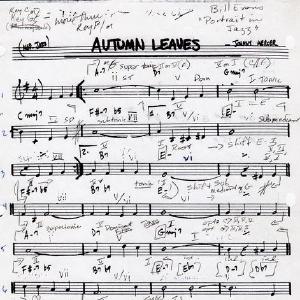Local dummy functions named after remote RFC functions

I recently started working in a new customer and noticed something they do here which I really liked. Whenever they need to call a remote function module by RFC in another SAP system, they create a local function module with the same name and leave it empty, except for a comment explaining that it is a dummy function for that remote function call. Thanks to this simple trick, one can use the where-used tool to find out where it is being called.














